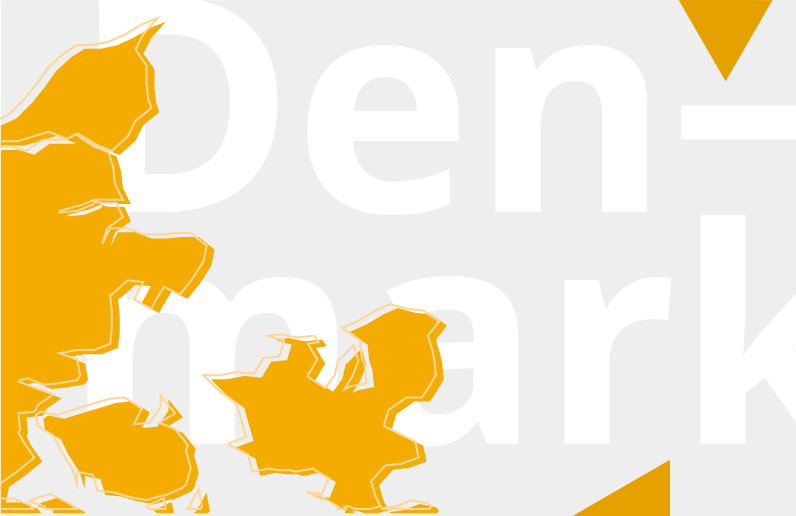Increasing participation in the EMBO Programmes
Meet EMBC Delegate Zdena Palkova
Facts and figures, life scientists in Denmark, EMBO opportunities
Meet Petr Svoboda, former EMBO Long-Term Fellow and Installation Grantee

Denmark is a founding member of the EMBC.
Gross expenditure on research and development in Denmark is around 3% of GDP2, about two thirds of which come from the private sector2. The life science industry accounts for more than 50,000 jobs and around 22% of the Danish product export, making it one of the country’s largest export industries8.
Life science clusters, such as the Danish-Swedish Medicon Valley, bring together universities, clinics and companies, and allow access to the largescale research infrastructures MAX IV and European Spallation Source in nearby Lund, encouraging innovation and cross-disciplinary research in biomedicine and biotechnology9. Denmark carries out more clinical trials per capita than any other OECD country10. In a recently published strategy for life science, the Danish government reiterated the dedication to the sector with concrete initiatives to, for example, enhance sustainable growth and strengthen partnerships8.
Denmark has a high level of employment and secondary education attainment with 81% of adults having completed secondary school11. It has 38 higher education institutions, including eight universities and seven university colleges6, and more than 600 courses taught in English12. The University of Copenhagen is one of the largest research and education institutions in Scandinavia6. Teaching and learning in Danish higher education institutions emphasizes innovation and collaboration13. Higher education is free for students from the EU. Annual fees of around 6,000 – 16,000 euros apply for students coming from outside the EU, however, a limited number of scholarships is available, too14. Approximately 11% of students come from outside Denmark5.
Sustainability is also a large part of Danish life: The country has a national bike path network of 12,000 km15, 50% of the energy comes from renewable sources16, and the Danish government launched an ambitious green research and innovation strategy in 202017.
Population: 5.8 million1
R&D spending: 3% of GDP2
Patents: 2,404 in 20203
Researchers: 86,7434
International students: 11%5
Universities: 8, and 7 university
colleges6
Horizon 2020 funding:
Horizon 2020 funding:
2,892 projects, 188 ERC principal
investigators7
All life scientists in Denmark are eligible for the EMBO Programmes supporting life scientists in Europe and beyond.
Find out about all EMBO funding schemes here.
All information as of January 2022.
Meet Petr Svoboda, former EMBO Long-Term Fellow and Installation Grantee